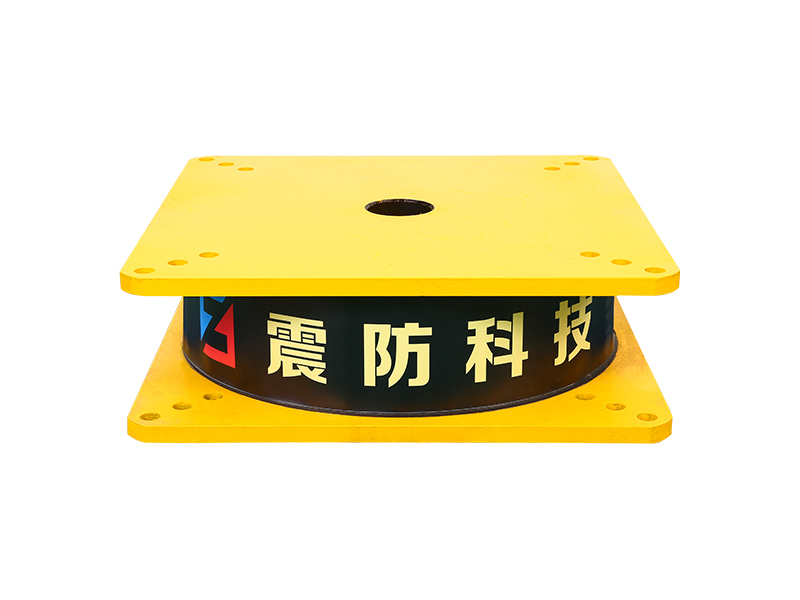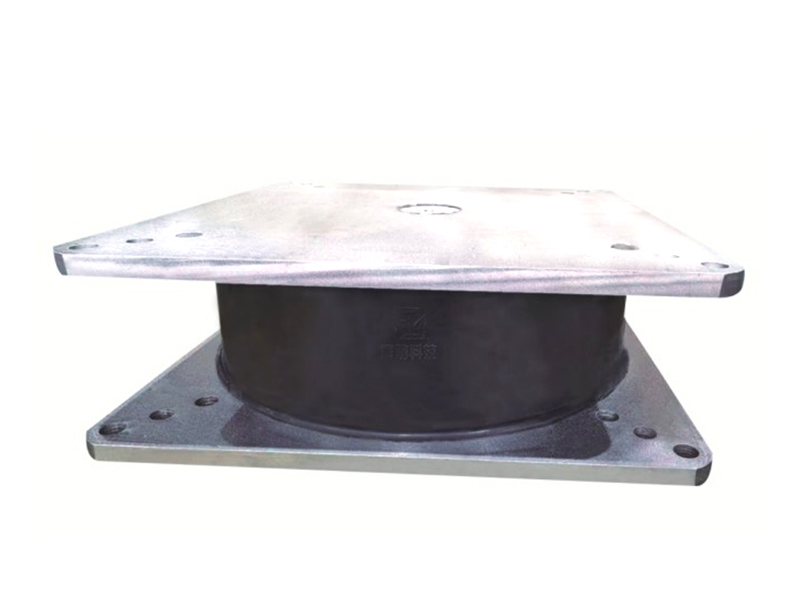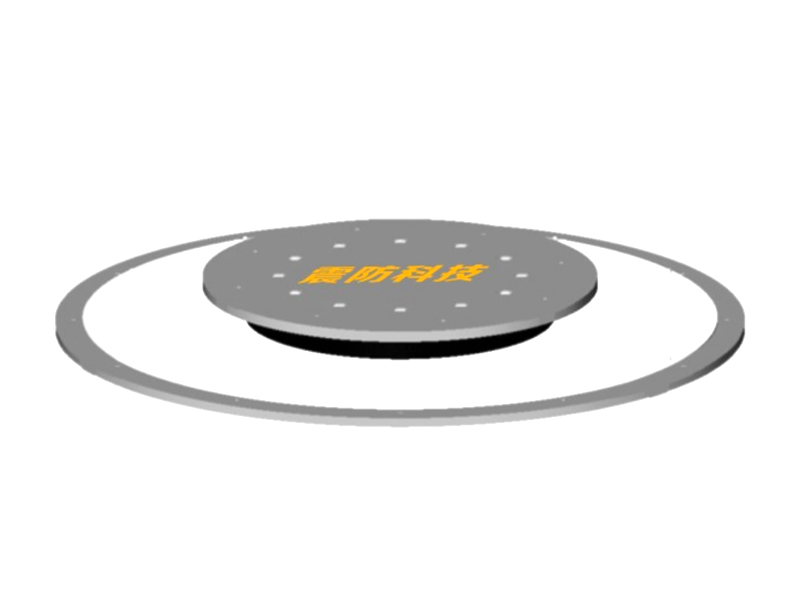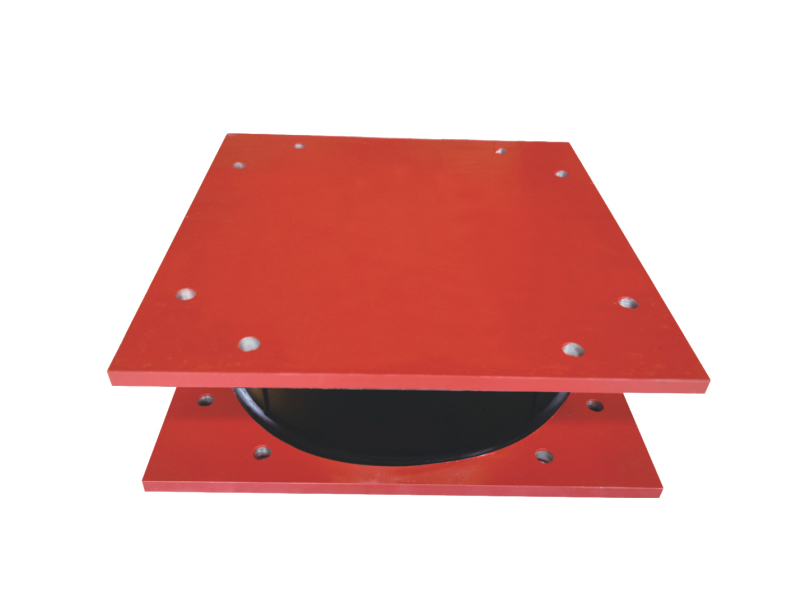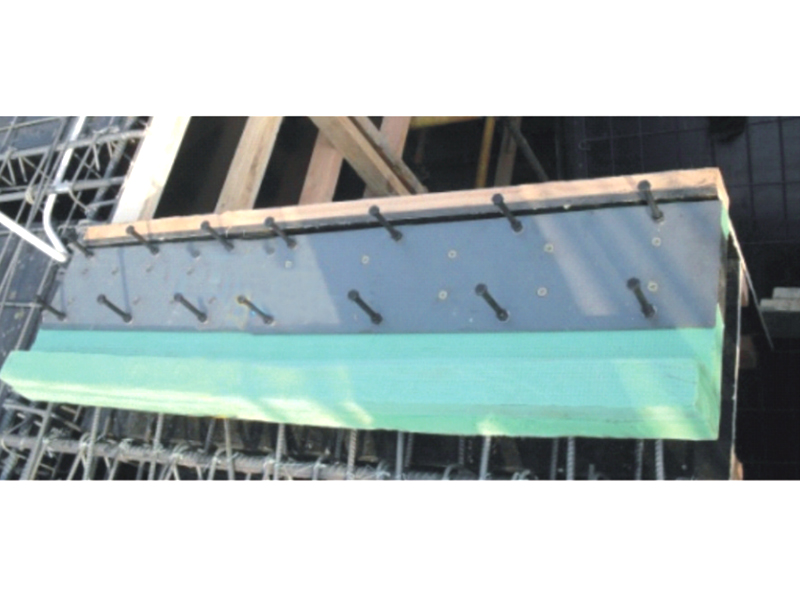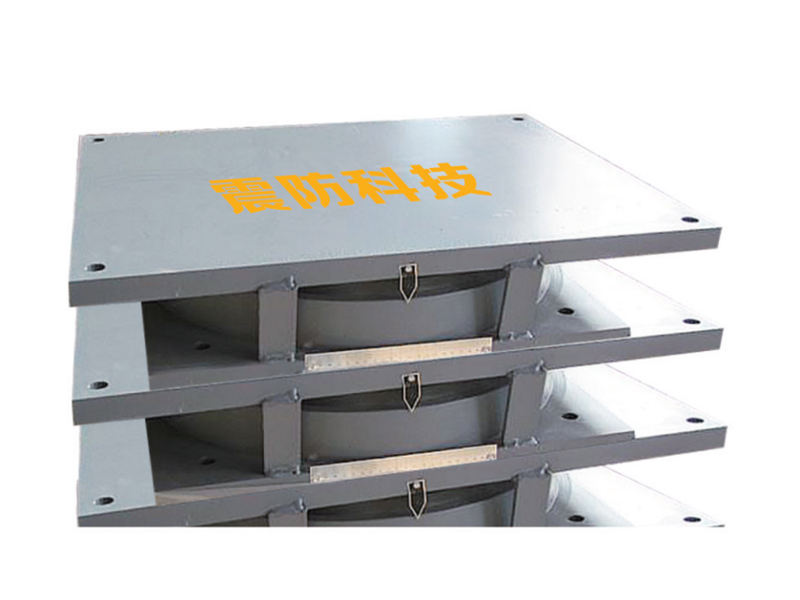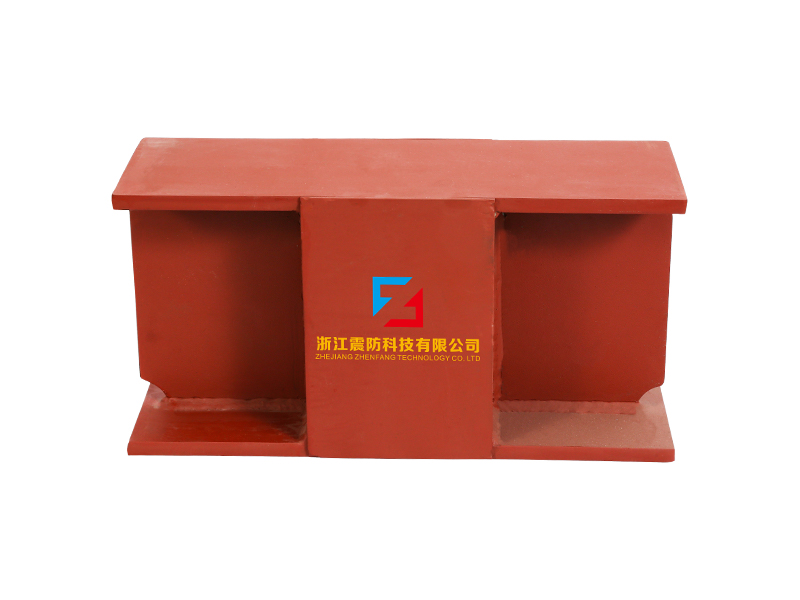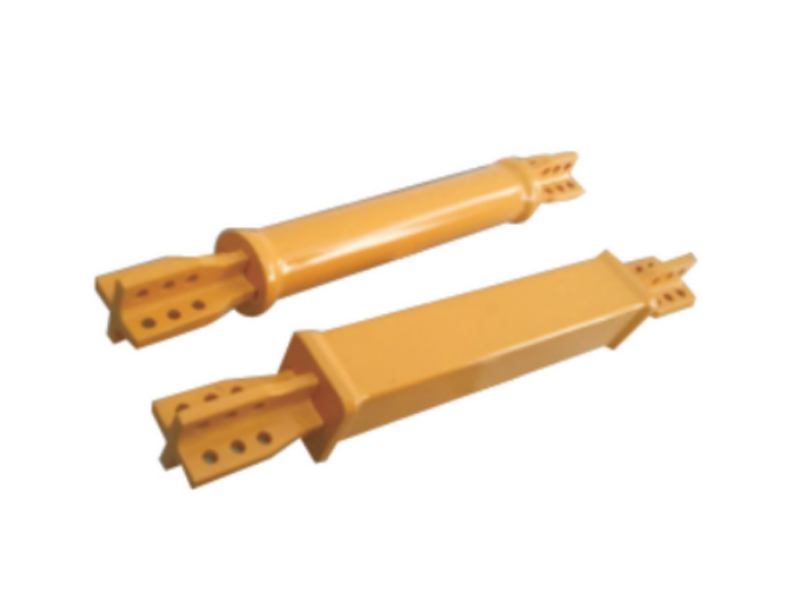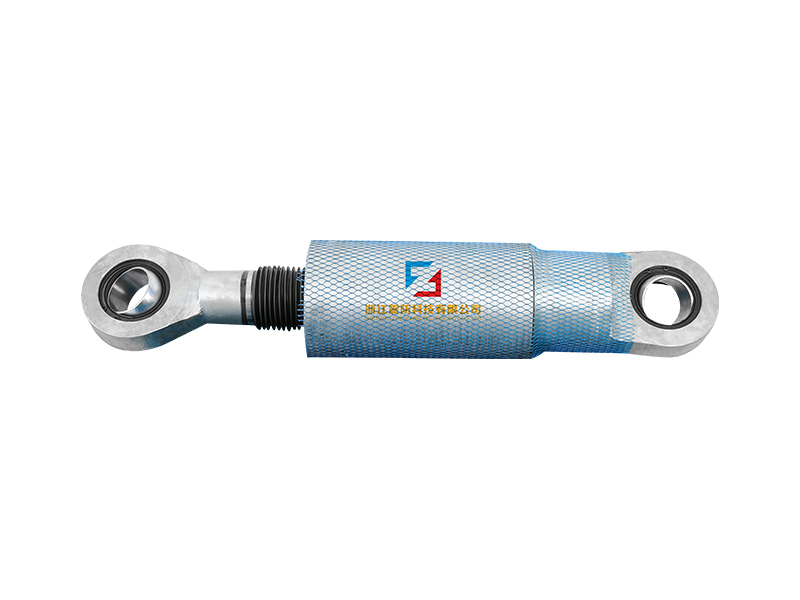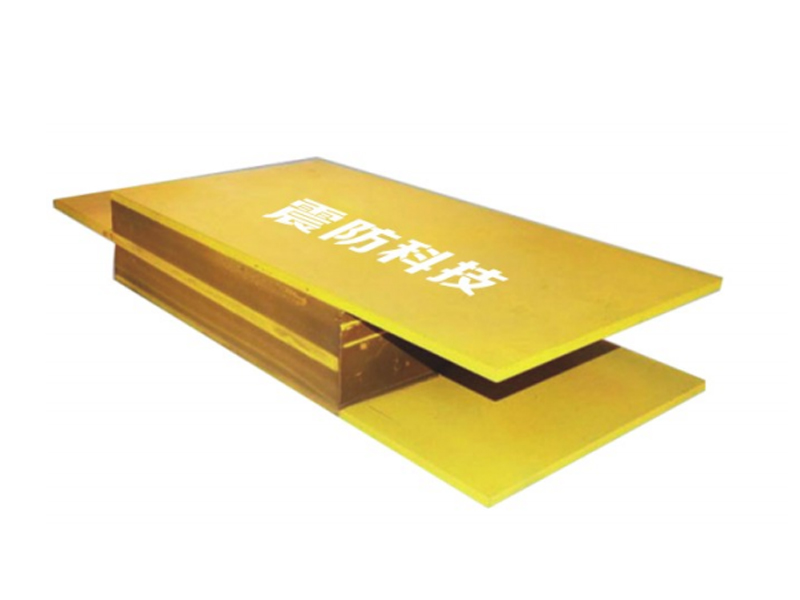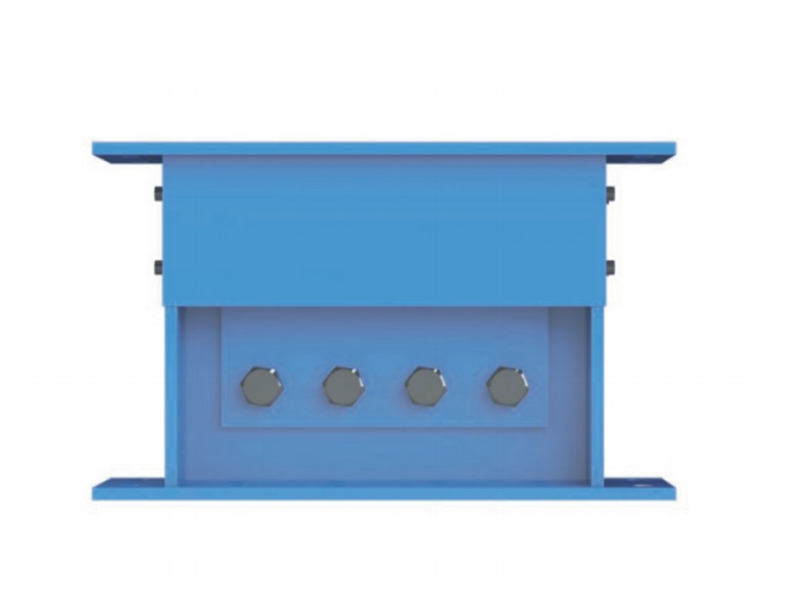In the dynamic world of engineering, a silent revolution is underway with the widespread adoption of
High Damping Rubber – a versatile material that is reshaping the way structures respond to vibrations and shocks. From towering skyscrapers to intricate machinery, this advanced rubber technology is playing a pivotal role in enhancing structural resilience, ensuring a quieter operation, and providing a solution to challenges posed by dynamic forces.
High damping rubber is a specialized rubber compound engineered to exhibit exceptional damping properties – the ability to absorb and dissipate vibrations and energy. Unlike traditional rubber materials, high damping rubber is designed to significantly reduce the amplitude and duration of vibrations, offering an effective solution for structures exposed to dynamic forces such as seismic activity, wind loads, or machinery-induced oscillations.
One of the primary advantages of high damping rubber lies in its ability to absorb and dissipate vibrations. When incorporated into structural elements, such as building foundations or machinery mounts, high damping rubber effectively dampens vibrations, preventing them from propagating through the structure. This is particularly crucial in seismic-prone regions, where the controlled dissipation of energy can minimize the impact of earthquakes on buildings and infrastructure.
In seismic engineering, high damping rubber bearings have become a game-changer. These bearings are strategically placed in structures to absorb seismic energy during an earthquake, reducing the forces transmitted to the building. The result is improved seismic resilience, as structures equipped with high damping rubber bearings experience reduced displacements and maintain their integrity even under severe seismic events.
The versatility of high damping rubber extends beyond seismic applications. In the construction of high-rise buildings, wind-induced vibrations can pose challenges to occupant comfort. High damping rubber isolators, strategically placed within the structure, act as shock absorbers, mitigating the effects of wind-induced vibrations and ensuring a more stable and comfortable environment for occupants. This is especially critical in today's urban landscapes where skyscrapers dominate city skylines.
Moreover, in industrial settings, the use of high damping rubber has become a standard practice for mitigating vibrations in machinery. The damping properties of this rubber effectively reduce oscillations, ensuring a smoother and quieter operation of equipment. In manufacturing facilities, where noise and vibrations can impact worker well-being and the lifespan of machinery, the adoption of high damping rubber has become an integral part of creating a conducive and efficient work environment.
The environmental benefits of high damping rubber also contribute to its appeal. The reduction in vibrations translates to lower noise levels, making it an eco-friendly solution in urban areas where noise pollution is a growing concern. The improved energy dissipation and resilience of structures can lead to a longer lifespan, reducing the need for frequent repairs and replacements, ultimately contributing to sustainable and cost-effective infrastructure.
The potential applications of high damping rubber are not limited to large-scale structures; it is also making its mark in the automotive industry. In vehicles, high damping rubber components are employed to enhance ride comfort by reducing vibrations and noise transmitted to the cabin. This advancement is particularly valuable in electric and hybrid vehicles, where the absence of traditional engine noise makes the reduction of other vibrations even more crucial for a pleasant driving experience.
As the demand for efficient and sustainable solutions grows, the research and development in high damping rubber technology continue to evolve. Innovations in materials and manufacturing processes are expanding the capabilities of this rubber, opening up new possibilities in various engineering fields. The integration of smart materials and advanced composites is on the horizon, promising even more sophisticated applications of high damping rubber in the future.
In conclusion, high damping rubber has emerged as a transformative technology in engineering, offering a solution to challenges posed by vibrations and dynamic forces. Whether in earthquake-prone regions, skyscraper construction, industrial machinery, or automotive applications, the exceptional damping properties of this rubber have become integral to creating structures and systems that are resilient, efficient, and environmentally friendly. As the field of materials science continues to advance, high damping rubber stands at the forefront of innovation, leaving an indelible mark on the way we engineer for a more stable and harmonious world.
